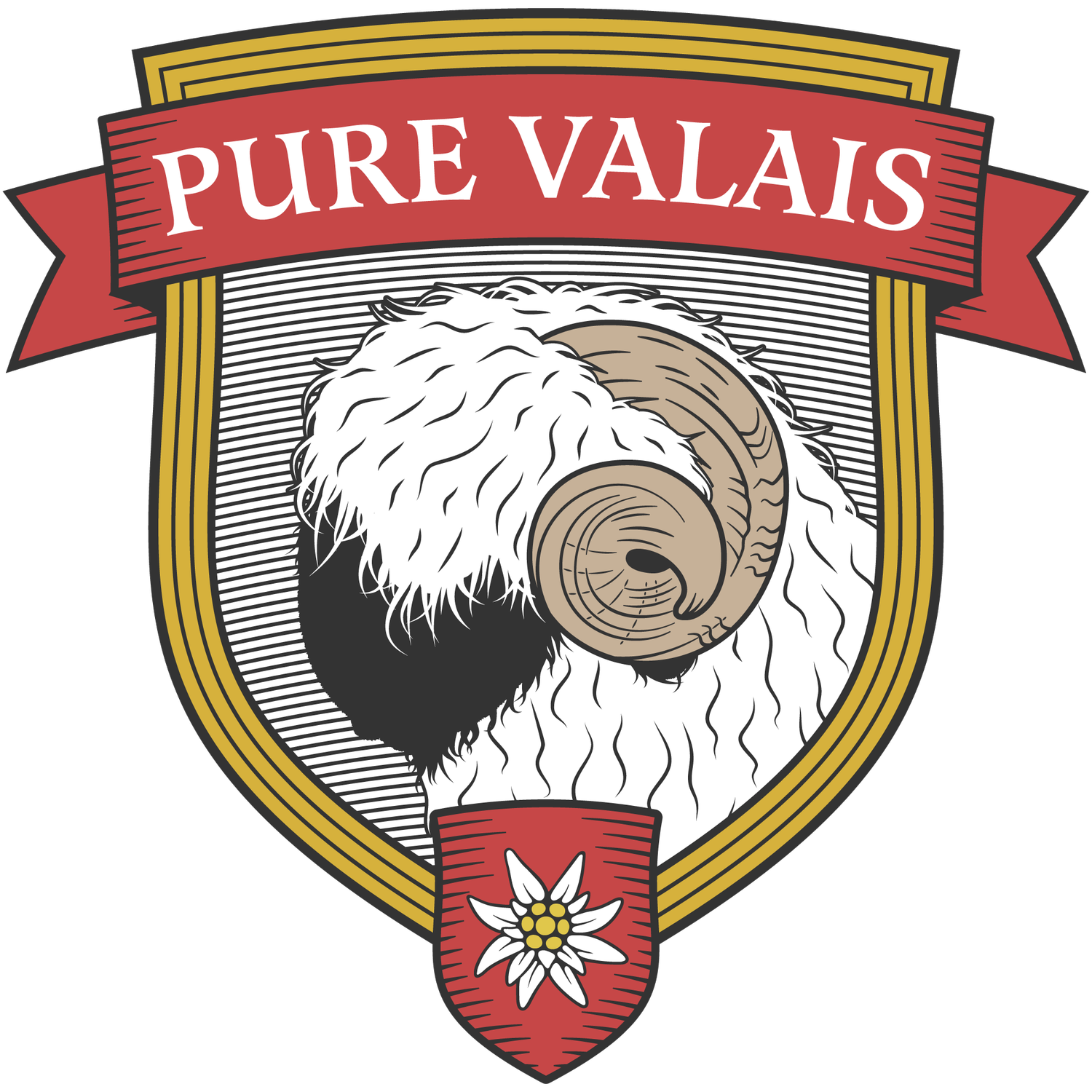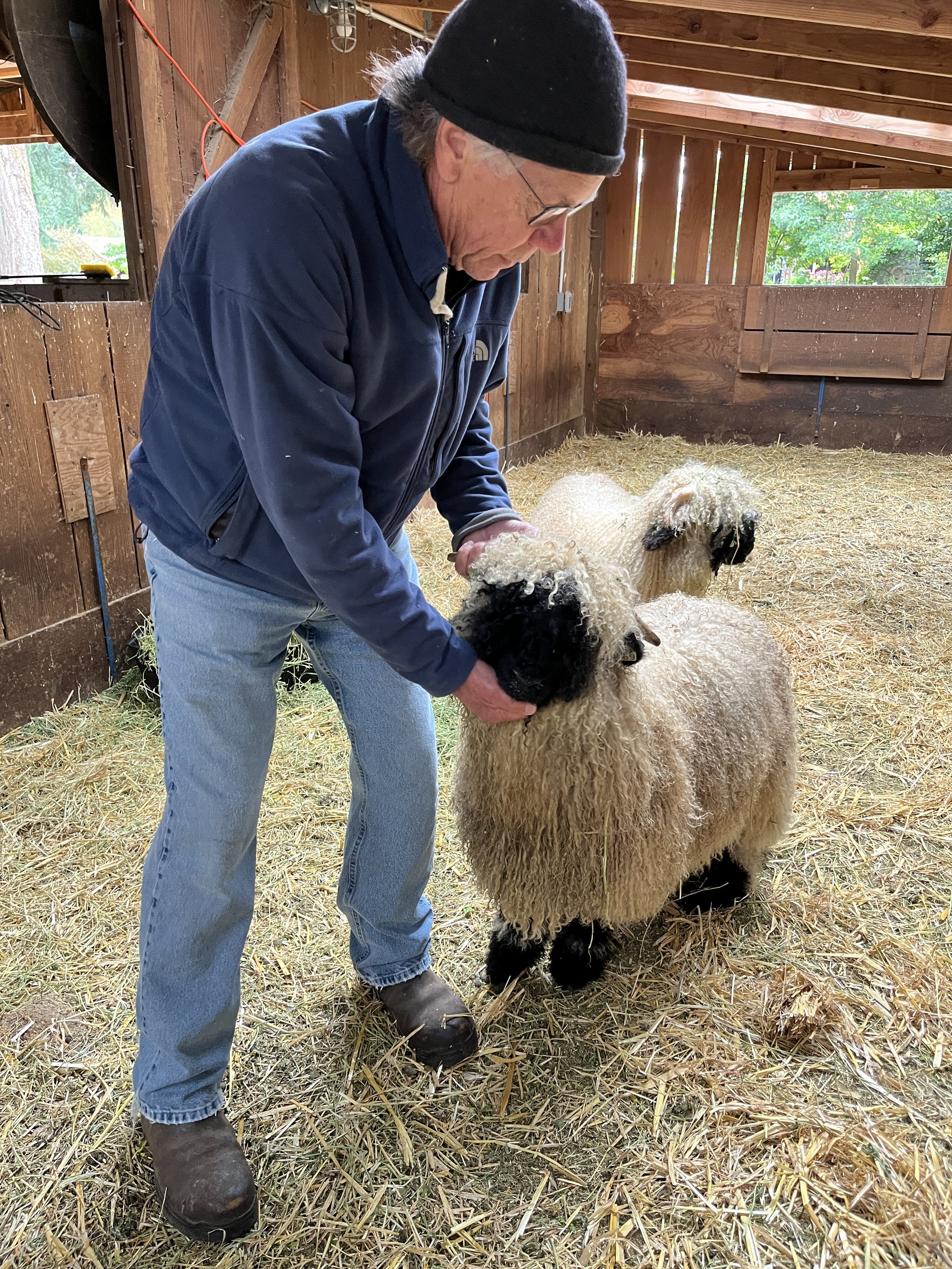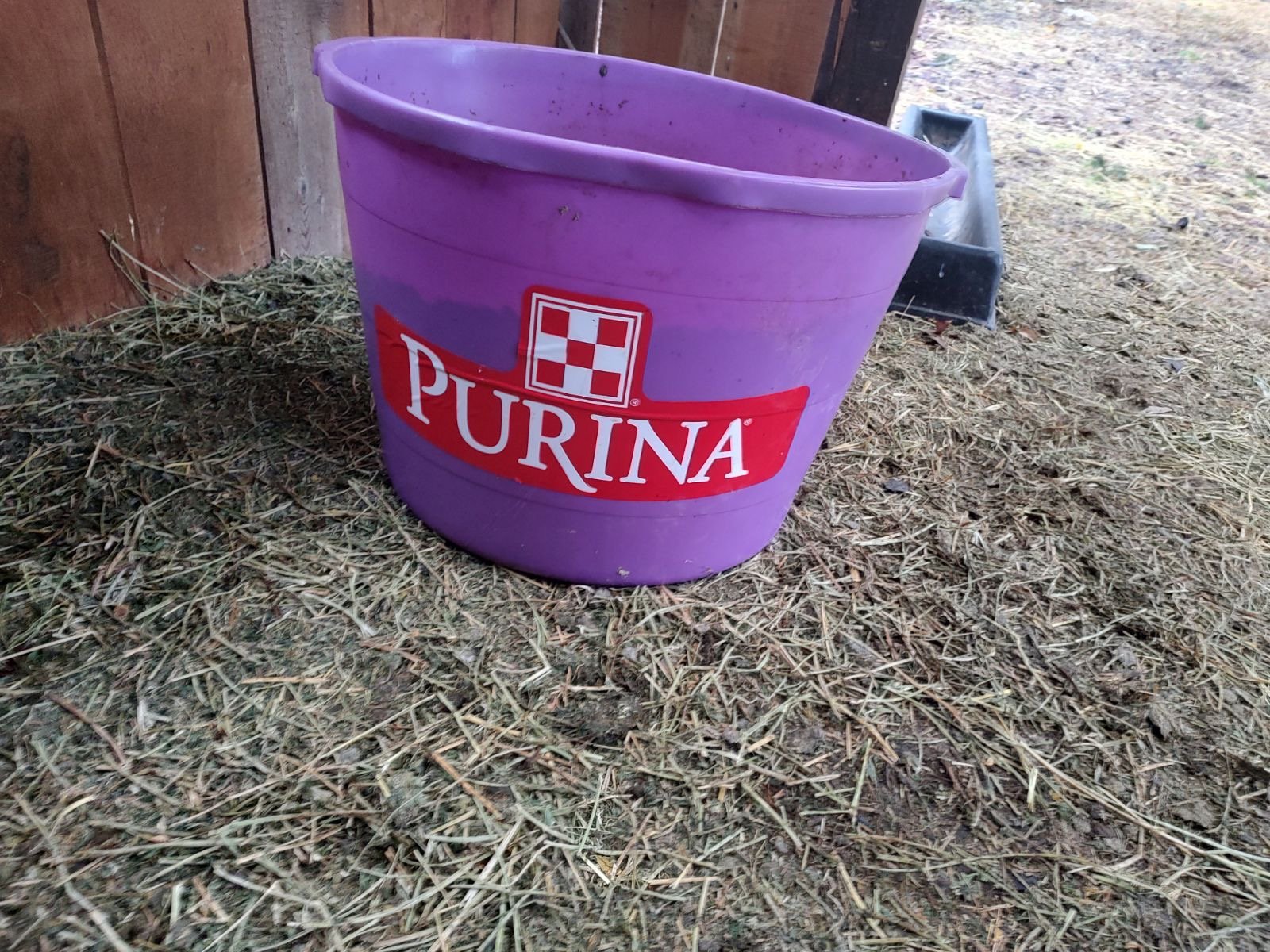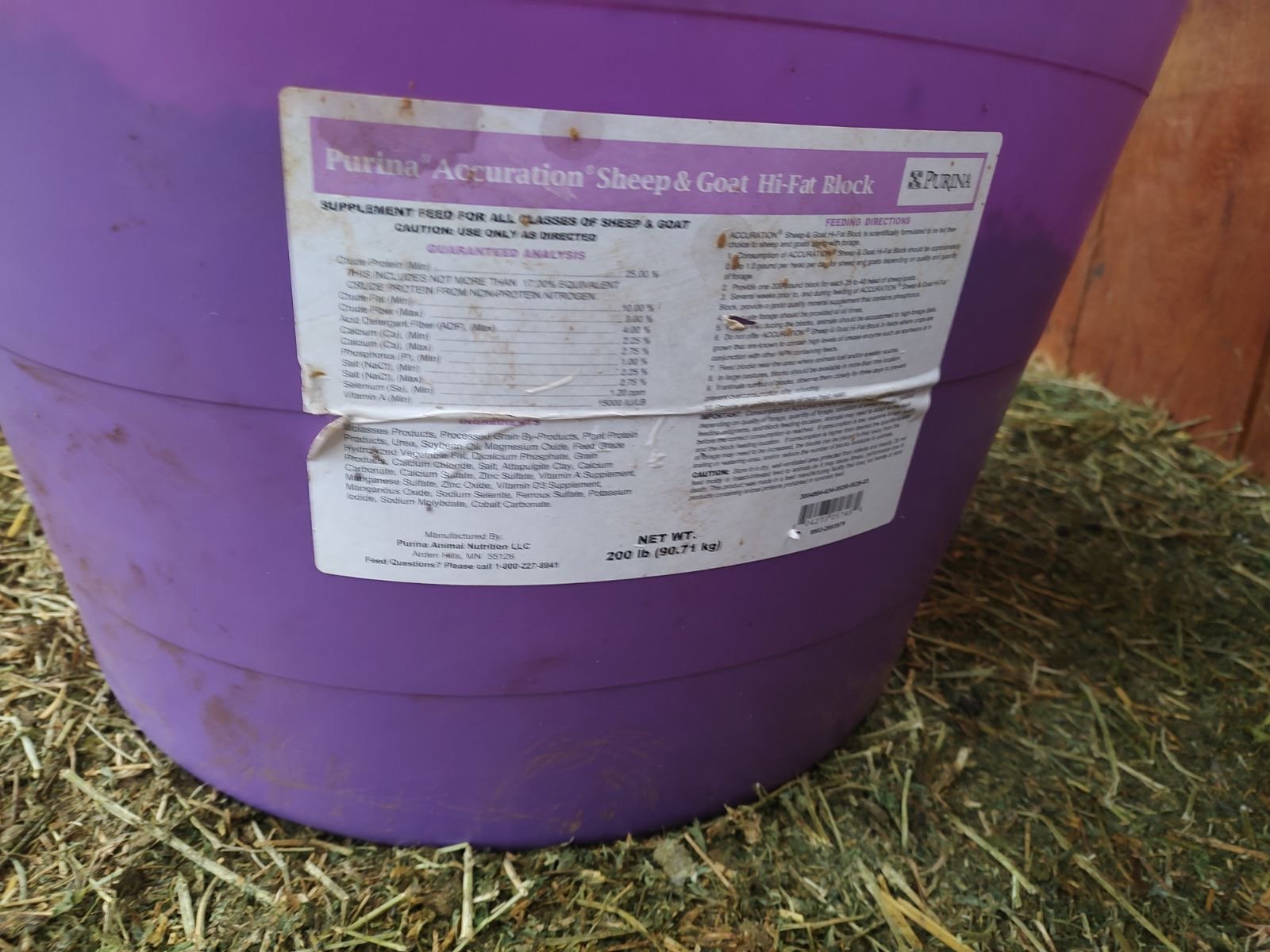Additional Care for Your Valais Blacknose Flock
Pure Valais 2023
by Ken Leaman, DVM
Since 2021, when our first crop of purebred Valais Blacknose lambs were born on US soil, we have steadily been learning new information about this amazing breed. We are finding the Valais Blacknose need additional care and we would like to share some valuable insight, specifically surrounding annual vitamin and mineral nutritive care. We still recommend doing your own research, talking to your trusted local vet, etc.
We hope this information serves useful to both those who are already familiar with the breed and those who are looking to start their journey with Valais Blacknose sheep. At Pure Valais we provide a working relationship based on knowledge, science, and integrity. A working relationship is part of the deal when you buy from us and we commit to supporting you on your journey as owners of this special breed.
We highly recommend for shepherds to look up and read “Bent Leg of Rams” written by Utah State University Co-Op Extension (Click for Link to Article). It is a good overview of nutritional goals to prevent bent legs in Valais lambs – to which they are quite susceptible.
The “extra” help beyond the normal quality rations, mineral supplements, etc. is the necessity of vitamin A-D-E injections. We give 2 ml A-D-E every 2 months through age 2 years old. We never felt the need with our other breeds over the last 40 years, but I’m convinced at least with the Valais that it is essential. We will be giving A-D-E during the last trimester in pregnant ewes. Being a veterinarian, I get my A-D and E from one of my pharmaceutical suppliers. The brand that Valley Vet sells is absolutely fine.
2. As we see our Spring 2023 lambs reach 6-7 months of age, we give them a cobalt bolus (we source from Ultra Cruz / Santa Cruz Pharmaceuticals).
The WSU extension sees no evidence of cobalt deficiency in the Pacific Northwest. Therefore one would assume, beyond free choice mineral, that a cobalt bolus would be unnecessary. However, (in our other breeds) we started our 6-7 month old lambs on this about 6-7 years ago and by my eye, I am a firm believer. The cobalt is a necessary component in the rumen for the formation of vitamin B-12. B-12 plays an important role in protein formation.
We administer the cobalt boluses once a year, at around 6-7 months of age, using a balling gun, which holds the bolus, and is inserted down their throats. We generally don’t give it to the adults. It most likely wouldn’t hurt to give it once a year, but we have found that after we administer it around the 6 month mark they seem to do well after that.
3. With respect to worming, work with your veterinarian regarding fecal exams to know what parasites you are dealing with. Be aware that some worming medications only treat adult parasites. Other medications treat adult as well as larval stages. Valbazen & Ivermectin are examples of the latter. Always read the label, and again, consult your veterinarian.
4. Keep those free choice minerals out at all times. We prefer Purina Wind and Rain. The minerals can be administered at all times, regardless of age. There are vitamins in the free choice minerals. It’s as important as their hay, and whatever supplemental grain they are receiving.
There are other trace minerals however, that are just as important. See the next tip for details.
5. Upon attending the 1st Valais Blacknose National Show in Des Moines this September, we visited with the Purina rep about their tubs. Check out “Purina Accuration Sheep & Goat Hi-Fat Block”. We got a couple of them to try with the lambs and breeding ewes who are slowly working their way through free choice. Worth looking at and considering.
The fat tubs also have vitamins but again they have other nutrients. So we’re doing the Purina tubs, the free choice mineral, and the injectable A and E. They all have their role to play in an overall nutritional program.
6. We give our bred ewes a C-D-T booster in the last trimester. This helps confer immunity via colostrum, especially with tetanus, to the lambs. Then you can start your lamb CDT vaccination at 6-8 weeks with a 1 month booster.
You can start the cobalt bolus anytime after six months of age. And we are repeating it on an annual basis. As far as the A D & E goes, we are using an injectable solution two ML‘s every 2 to 3 months until 18 months of age. We also give it during the last trimester of pregnancy to the ewes. The article we mention in Tip #1 on bent legs in rams is a good overview of the nutritional factors related to bent leg and growth, plate closure, etc. Regardless of whatever your mineral supplementation program is with respect to oral vitamin D, we still feel that the injectable vitamins are essential.
7. There are plenty of articles from state Agriculture schools with excellent veterinary medicine programs that are a great place to start reading about “flushing” prior to breeding. Even if you’re already knowledgeable on the subject matter, it’s good to re-read. It always seems like you pick something up to be reminded of.
8. Beneficial nutritional programs pre-breeding, during gestation, and during lactation are very important to be aware of and implement to the best of your ability. Talk to your vet if this is new to you or refer to the resources mentioned in #7.
9. Keep an eye on their feet; trimmed hooves make happy sheep! Shearing is a great time to do this.
10. Send your vet a Christmas card. Better yet? Almond Roca. :)









